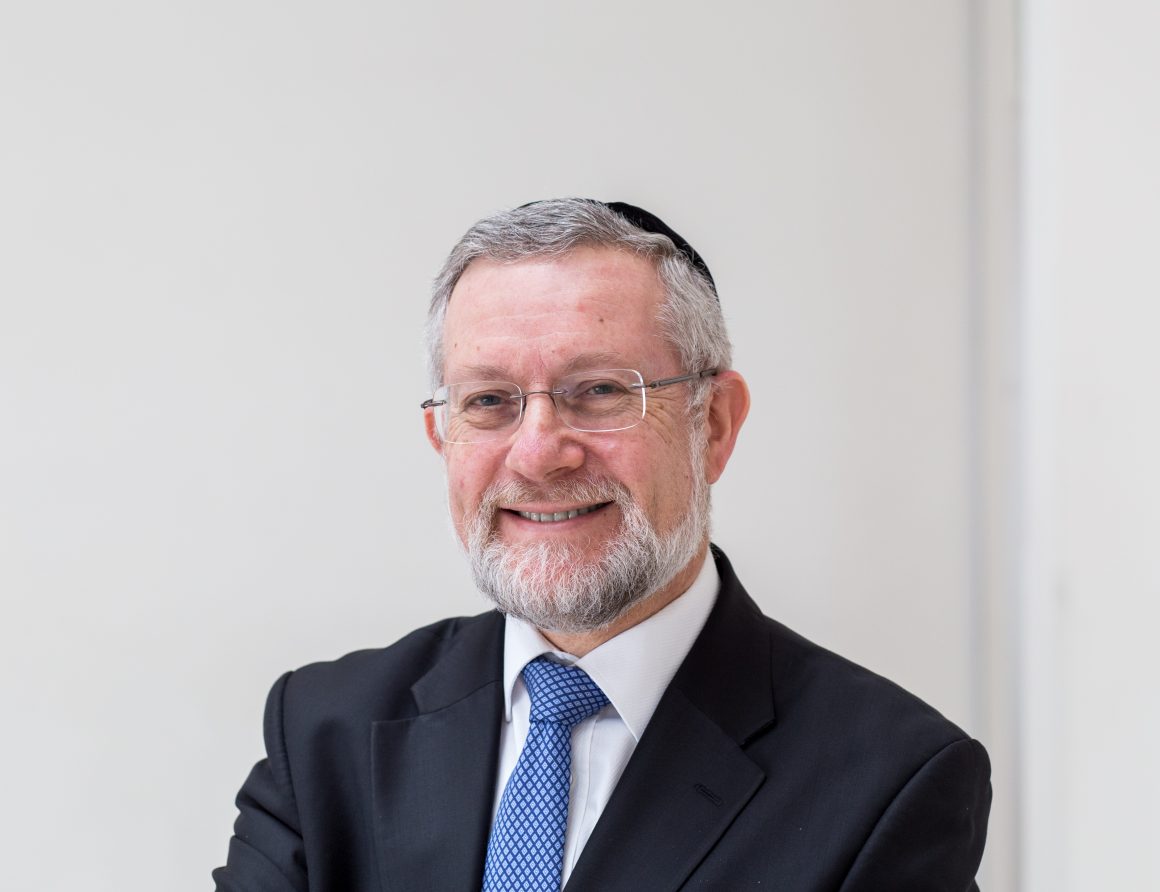FLATTERY
The recent announcement that the US Justice Department is reinstating the death penalty after a sixteen-year break has reopened the debate about the place of capital punishment in a modern democracy.
The Torah prescribes capital punishment in principle for a number of transgressions. In practice, however, it was extremely rarely implemented, as severe conditions were required to be fulfilled before it could be applied. Nevertheless, the severity of the offence committed was, in no way, denied. The Torah specifies in this week’s portion that it was not an option to accept blood-money in lieu of a punishment to the perpetrator. “Velo tachanifu et ha’aretz – you shall not pollute (or flatter) the land in which you live.” (Bamidbar 35:33.)
The word, tachanifu, literally means “flattery.” How can one flatter a land?
The Ramban (died 1270) explains (commentary, ibid.) that the flatterer does or says something that is the opposite of reality of “what appears to the eye” in order to deceive the subject. Commonly, flattery distorts reality and seeks to take advantage of the subject by creating a false impression. Whilst mild flattery is part of social convention and is relatively innocuous, flattering the wicked is deemed an offence in Jewish law.
Flattering a land – especially the land of Israel – is when one allows evil to be ignored, rationalised or accepted. By not protesting at what is taking place, it normalises a level of violence in society.
We are all vulnerable to this kind of flattery when our newsfeeds bring us stories of disasters, terror, and violence from around the world with such regularity that our moral senses become dulled, and our sense of outrage is diminished.
The story is told of the great teacher of Jewish ethics, Rabbi Yisroel Meir Kagan (known as the Chafetz Chaim, died 1933) who once heard about an earthquake in a faraway country, killing hundreds of people. Most people paused for a moment when they heard the news and then carried on with their lives as before. The Chafetz Chaim stopped what he was doing and meditated for a while on the disaster. The earth had suddenly shifted causing buildings to collapse on top of the residents. Some died instantly. Some were trapped and later died. Tens of thousands of people were homeless. “What a tragedy!” the Chafetz Chaim groaned. And then he shouted to all who could hear him, “Vus vill der Tatte?” What is G-d trying to tell us with this disaster?
The ultimate religious truth is that every human being is created in the image of G-d. To destroy a life is to destroy a world. To devalue a life is to devalue a world.


